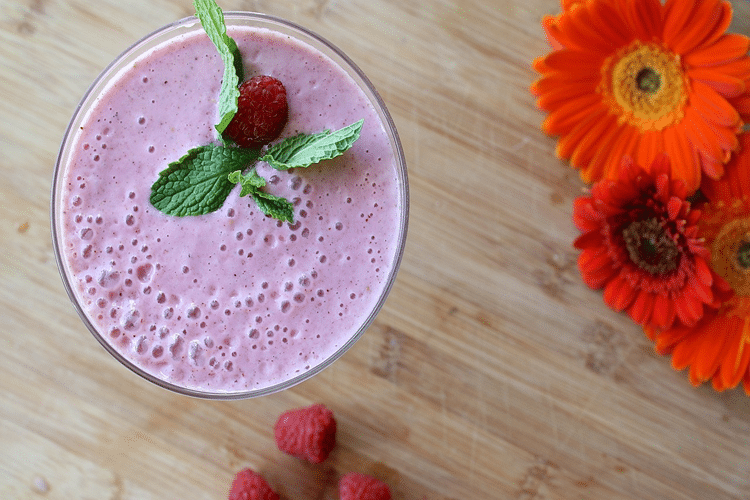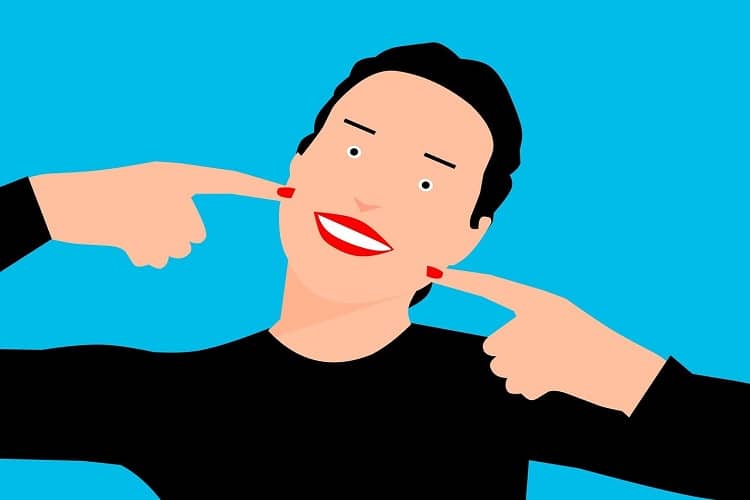
The Language of the Street: 20 Cannabis-Related Terms to Add to Your Vocabulary
The participants of cultural pursuits and hobbies often create unique languages to make it easier to communicate with other like-minded individuals. The vocabulary of weed culture has developed over decades and consistently increases and adapts with time. Anyone that wants to learn more about cannabis will benefit from understanding commonly used terms. Here are 20 definitions to study.
Table of Contents
#1. Cannabidiol (CBD)
The most important terms for people to understand is the difference between products that contain CBD or THC. CBD stands for cannabidiol. It is the non-psychoactive chemical compound in cannabis plants. People that want a product as a supplement, and not a recreational tool that will cause a high, will want CBD products. Most new shoppers need to understand the differences before they buy. Learn more at Pure Relief.
#2. Tetrahydrocannabinol (THC)
THC is what people who want to feel a high will ensure their products include. A lot more controversy surrounds products that contain THC than those that have CBD because of its psychoactive qualities. Sales of items with THC remain illegal in many states in the U.S.
#3. Dank
Dank was once a term used to describe wet, disgusting places. Today, dank is typically a flattering term. Many popular memes earn the description of dank, as does a high-quality selection of weed. Dank cannabis is usually very potent and with a strong smell.
#4. Green Out
Green out means to cannabis users what blackout means to those that consume alcohol. Someone that greens out typically overconsumed cannabis and may feel unpleasant symptoms as a result.
#5. Blazed
Blazed is a term used to describe a pleasant cannabis high. Unlike a green out, someone that feels blazed will usually enjoy their experience.
#6. Spliff
Smokers have found many ways to enjoy cannabis, and each method has its own name. A spliff is a joint rolled with traditional papers that include both tobacco and weed.
#7. Blunts
A blunt is also a type of joint, but it does not use rolling papers. Instead, hollowed-out cigars provide the covering for the weed. The cigars are typically inexpensive tobacco leaf wrappers from thin cigars (often labeled as cigarillos).
#8. Distro
The word distro is a shortened version of the word distribution. The term commonly describes a legitimate and legal dispensary or other cannabis supplier owned by a corporation.
#9. Hotboxing
Hotboxing is when smokers enclose themselves in a small, unventilated space and smoke. People can hotbox without touching any cannabis if they are in a small enough space with other smokers.
#10. i502
People that discuss i502 mean Washington Initiative 502. The ballot initiative in Washington State legalized the sale and consumption of cannabis in the state. A similar term is Amendment 64 from the approved amendment in Colorado.
#11. Jefferson Airplane
Named after the music group, a Jefferson Airplane in cannabis culture describes a homemade roach clip. A matchstick folded into a “V” lets the smoker finish a roach (the end of the joint) without burning their fingers.
#12. Pinner
New smokers or people with only a small amount of cannabis left may roll a pinner. Pinner is a name for a joint rolled intentionally small. Many experts recommend newcomers start with pinners to avoid overdoing it.
#13. Re-up
People that say they are ready to re-up mean they are planning to buy more cannabis. Consumers are not the only ones that use the term. Distributors often use the words to describe refilling their inventory.
#14. Shotgunning
It may sound violent, but it is usually an act performed by a romantic couple. Shotgunning is when someone inhales the smoke or vapor of cannabis into their mouth and exhales it directly into the mouth of someone else. The action allows two people to share one hit.
#15. Snipe
Smokers often store their roaches to make use of the rest of their weed by rolling it into a joint called a snipe. Many people believe the roach collects resin that runs to the end during the consumption of the joint. A snipe may be too potent for some users because of the concentration of the resin.
#16. Sploof
A sploof helps to cover the odor when people smoke. Usually homemade, sploofs use readily available items in a home. Anything with a strong smell, like a fabric softener, could be used.
#17. Nug
Most experts consider the nug the best part of the cannabis plant. The nug is the flowering bud at the top of a cannabis stalk. The desirability of the nug is because it contains the most cannabinoids in the plant, so it is useful to those that harvest for medical dispensaries and those that want a good high.
#18. 420-friendly
When someone says they are 420-friendly it means they enjoy smoking weed. The term began with teenagers in California during the 1970s. The kids used it as a code so adults would not know what they were talking about. The 4:20 refers to the time when they would meet to smoke. The Grateful Dead picked up the slang during their time in the area and immortalized the term.
A related term is 710-friendly. People use 420 to express their interest in the flower, but 710 describes people that use concentrates or dabs. 710 began because the word oil (like on a vehicle’s oil cap) looks like 710 when flipped upside down. Some users of cannabis oil consider July 10th a celebratory day, as cannabis smokers celebrate April 20th.
#19. Wook
Most cannabis supporters avoid becoming wook. People described as wooks are those that have consumed too many drugs (of any type) and are no longer functioning normally.
#20. Babbage
Reliable dispensaries avoid offering Babbage to their clients. The word describes bad weed supplies that include a large percentage of stems and seeds.
The variety of words used in cannabis culture increases regularly and changes regionally. The slang terms may overlap in other countries, but everyone seems to have unique words as well. Communication with dispensary owners and others that use the products becomes much easier as people familiarize themselves with the most common terms.






